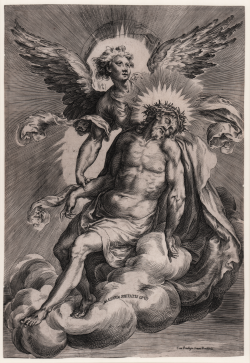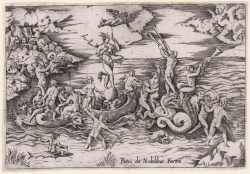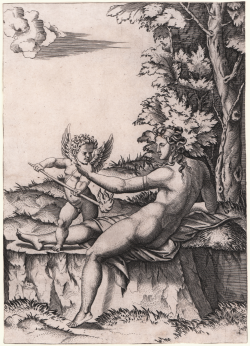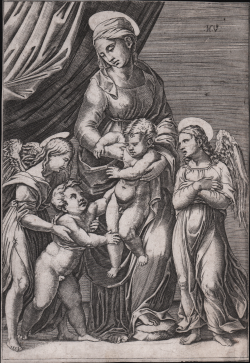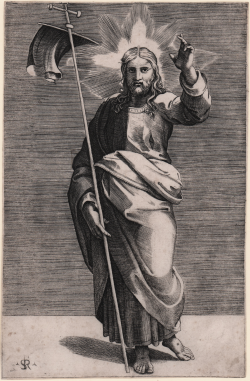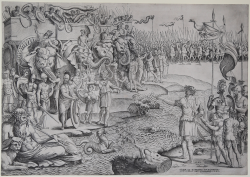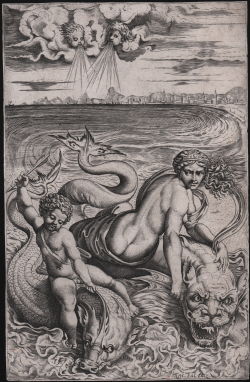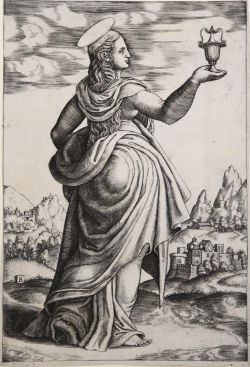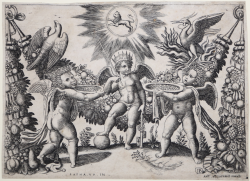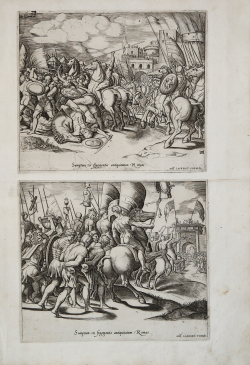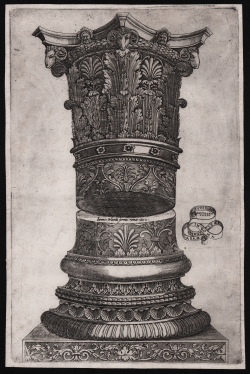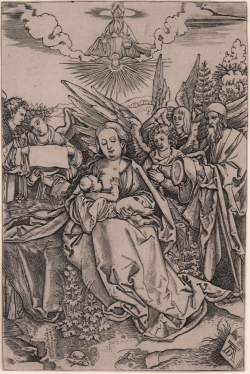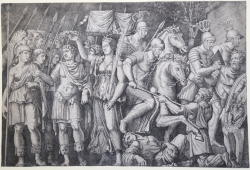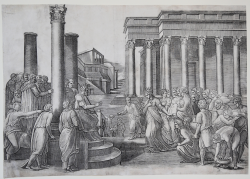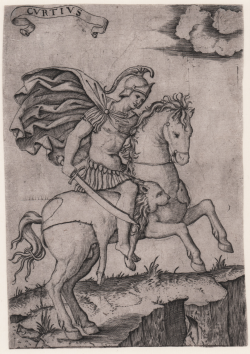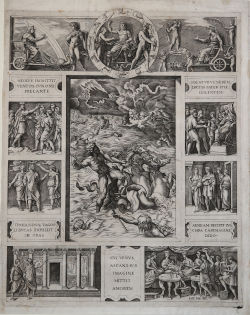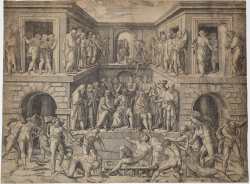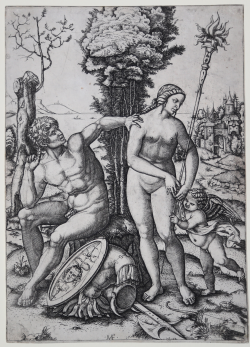Venus and Cupid
Agostino De MUSI detto "Agostino Veneziano"
Code:
S32503
Measures:
170 x 237 mm
Year:
1530 ca.
Madonna with Child and angels
Agostino De MUSI detto "Agostino Veneziano"
Code:
S46552
Measures:
170 x 250 mm
Year:
1518
Christ standing facing forward, holding a cross with a banner and...
Marco DENTE detto "Marco da Ravenna"
Code:
S30424
Measures:
134 x 205 mm
Year:
1516 ca.
Scipio and Hannibal
Marco DENTE detto "Marco da Ravenna"
Code:
S30313
Measures:
552 x 391 mm
Year:
1521 ca.
Venus on the Dolphin
Marco DENTE detto "Marco da Ravenna"
Code:
S46558
Measures:
170 x 265 mm
Year:
1516 ca.
Three putti standing in front of a large garland
Maestro B nel Dado
Code:
S34857
Measures:
284 x 207 mm
Year:
1532 ca.
Victory of Scipio against Siface & Triumph of Scipio
Maestro B nel Dado
Code:
S45041
Measures:
255 x 440 mm
Year:
1535 ca.
Jupiter Temple Base
Monogrammista G.A. (Maestro del Trabocchetto)
Code:
S45067
Measures:
215 x 335 mm
Year:
1530 ca.
Printed:
Rome
Solomon and the Queen of Sheba
Marcantonio RAIMONDI
Code:
S36091
Measures:
567 x 467 mm
Year:
1518 ca.
The Martydom of St. Lawrence
Marcantonio RAIMONDI
Code:
S37052
Measures:
575 x 426 mm
Year:
1525 ca.

